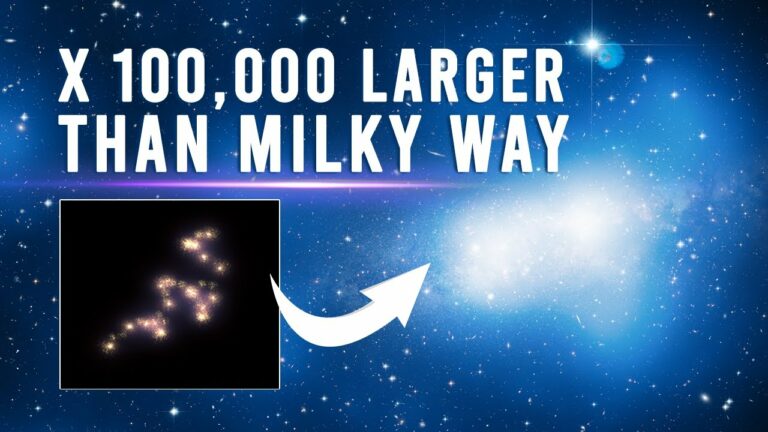The 10 Largest Objects In The Universe
The universe is a place of unknown dimensions that contains all existing matter and energy. In other words, it contains all the galaxies, stars and planets we know today. Although it is estimated that the observable universe measures 93,000 million light-years, we do not know 96% of it. What will be the largest objects that we could find in this vast unknown universe? Stay to find out!
*Introduction*
The Earth is 40,008 km in circumference at the equator and for us this is already a large amount; however, even in the solar system, the Earth is overshadowed by planets like Jupiter or our Sun, which could easily fit 1,300 Earths and 1 million Earths, respectively.
1. CfA2 Great Wall (750 million light-years)
Also called Coma Wall. It was discovered in 1989 by a team of U.S. astronomers led by Margaret G. Geller and John Huchra while analyzing data collected by the second CfA Redshift Survey of the Harvard-Smithsonian Center for Astrophysics (CfA) in an attempt to map the structure of the universe.
2. Caelum Supercluster (910 million light-years)
Superclusters group large clusters and groups of galaxies within them; they are the largest known gravitationally bound structures. The Milky Way, for example, is part of the Laniakea supercluster, which is about half the size of the Caelum supercluster.
3. Pisces-Cetus Supercluster Complex (1 billion light-years)
This complex measures 1,000 million light-years and is formed by five parts. The Laniakea supercluster contains the Virgo supercluster, which contains 100 groups of galaxies, including the Milky Way.
4. BOSS Great Wall (1 billion light-years)
The Great Wall of BOSS is a supercluster complex measuring 1 billion light-years and located approximately 4.5 billion light-years from Earth. It was identified by the Sloan Digital Sky Survey (SDSS) Baryon Oscillation Spectroscopic Survey (BOSS) in mid-March 2016 from the Instituto de Astrofísica de Canarias in Spain.
5. Sloan’s Great Wall (1.38 billion light-years)
The Great Sloan Wall was discovered in October 2003 by J. Richard Gott III and Mario Jurić of Princeton University, along with colleagues, from data obtained from the Sloan Digital Sky Survey (SDSS).
6. Clowes-Campusano LQG (2 billion light-years)
Clowes-Campusano Large Quasar Group (LQG), is located in the constellation Leo, 9.5 billion light-years from Earth. It consists of 34 individual quasars, which are highly luminous and powered by supermassive black holes. It is also known as U1.28 due to its average redshift of 1.28.
7. U1.11 (2.2 billion light-years)
U1.11 was discovered in 2011 during the Sloan Digital Sky Survey. It is a large quasar group (LQG) located 8.8 billion light-years away and measuring 2.2 billion light-years.
8. Huge LQG (4 billion light-years)
The huge large cluster of quasars was discovered in November 2012 by a group of researchers at the University of Central Lancashire, led by Roger G. Clowes, thanks to data obtained from the Sloan Digital Sky Survey. It is also known as U1.27 because of its redshift.
9. Giant GRB Ring (5.6 billion light-years)
This ring of gamma-ray bursts (RGB) lies 9.1 billion light-years from Earth and measures 5.6 billion light-years. It was discovered in 2015 by a team of astronomers led by L.G. Balazs while analyzing data from different gamma-ray and X-ray telescopes with the intention of finding locations of new galaxies.
10. Great Wall Hercules-Corona Borealis (10 billion light-years)
Finally we come to the largest structure ever known in the universe to date. The Great Wall of Hercules-Corona Borealis, also known as her-CrB GW, is a structure located 10 billion light-years away between the constellation Hercules and the Corona Borealis that measures more than 10 billion light-years.
Do not forget to share your opinion with us to provide you with the best posts !




0 Comments